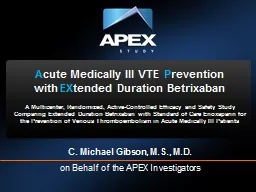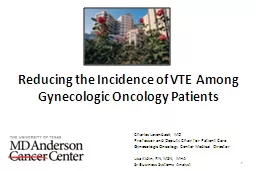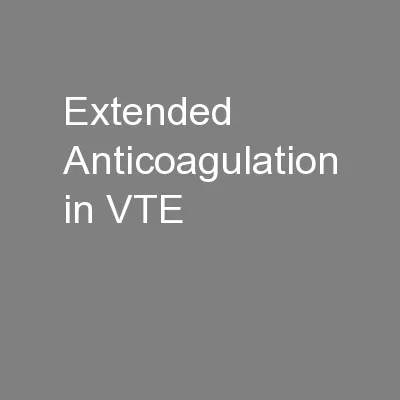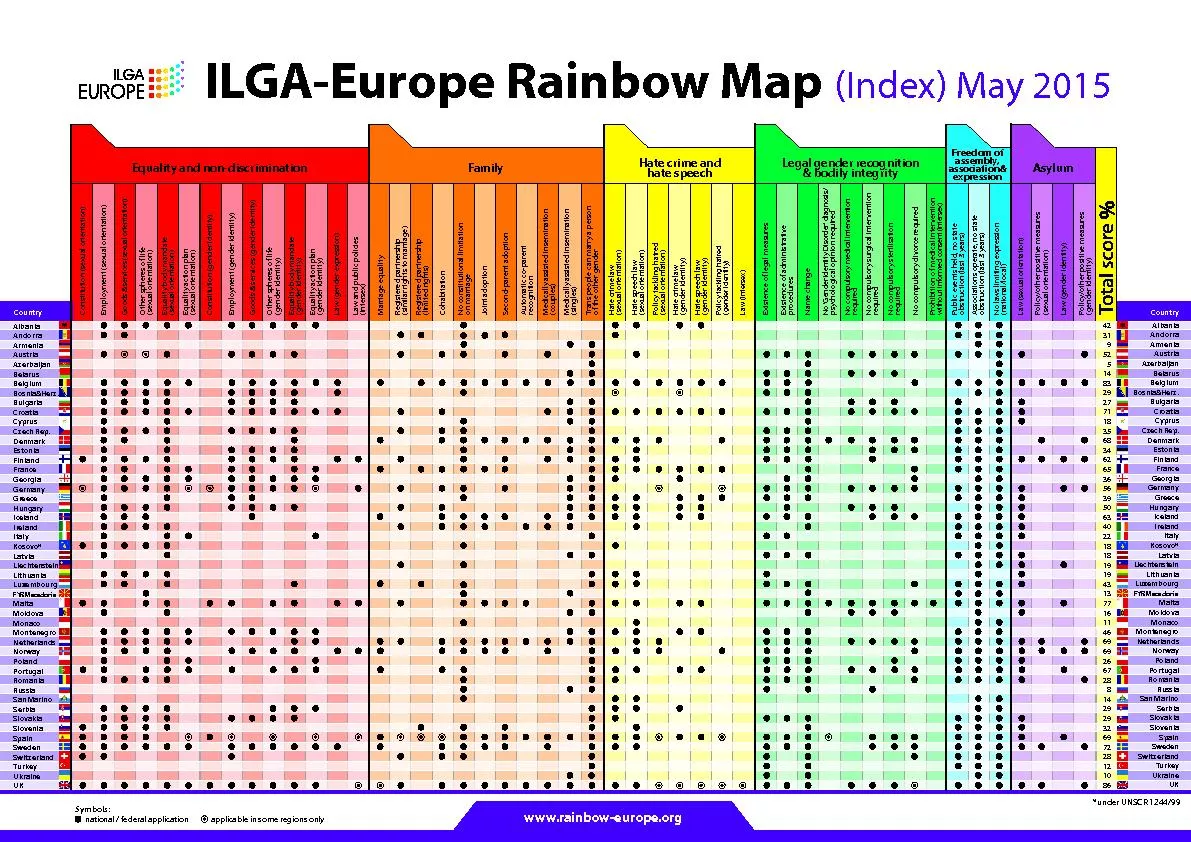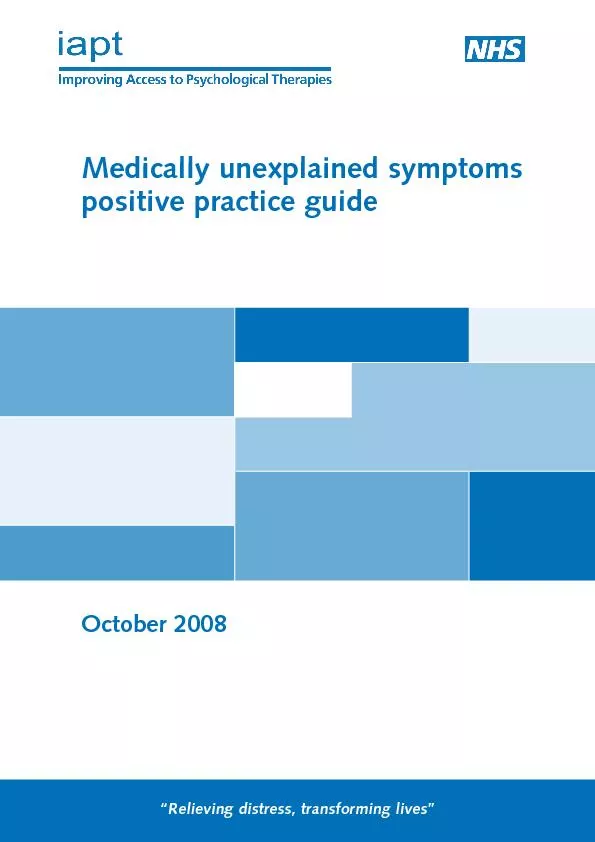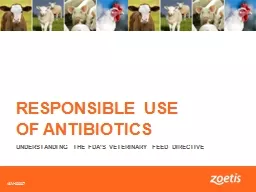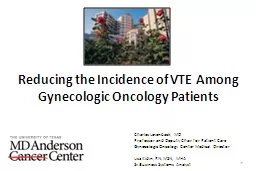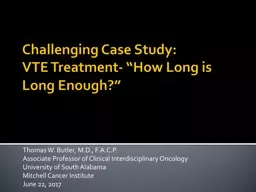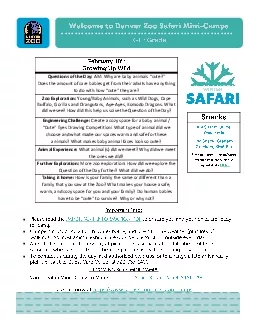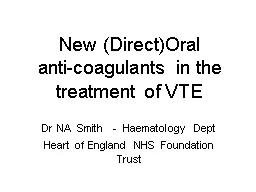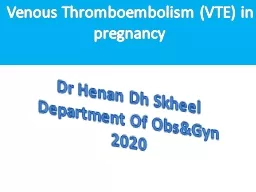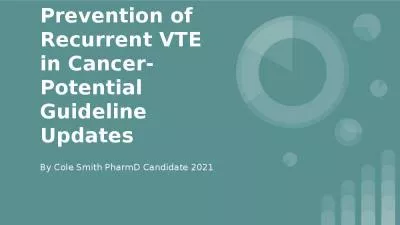PPT-A cute Medically Ill VTE
Author : natalia-silvester | Published Date : 2018-01-18
P revention with EX tended Duration Betrixaban A Multicenter Randomized ActiveControlled Efficacy and Safety Study Comparing Extended Duration Betrixaban with Standard
Presentation Embed Code
Download Presentation
Download Presentation The PPT/PDF document "A cute Medically Ill VTE" is the property of its rightful owner. Permission is granted to download and print the materials on this website for personal, non-commercial use only, and to display it on your personal computer provided you do not modify the materials and that you retain all copyright notices contained in the materials. By downloading content from our website, you accept the terms of this agreement.
A cute Medically Ill VTE: Transcript
Download Rules Of Document
"A cute Medically Ill VTE"The content belongs to its owner. You may download and print it for personal use, without modification, and keep all copyright notices. By downloading, you agree to these terms.
Related Documents

